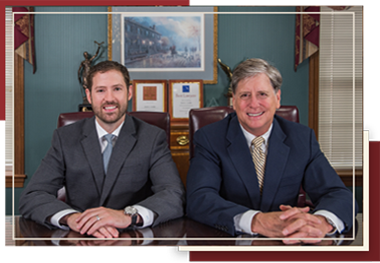Pedestrians can be almost as aggressive as those in motor vehicles. Some of them will step right out into traffic without any hesitation, possibly while staring down at their mobile phone and not at the vehicles approaching.
Sometimes, pedestrians contribute to their own crash risk by behaving in an unsafe manner in close proximity to motor vehicles. Other times, pedestrians follow every rule and still wind up hurt because of someone else’s bad decision at the wheel.
All too often, pedestrians get hurt in crashes caused by drivers who just didn’t notice them. Why do so many drivers struggle to see pedestrians nearby?
The brain can only process so much information at once
Most drivers take for granted that they can successfully analyze all of the safety-critical traffic information coming at them on the road. The human brain is skilled at prioritizing risks. The more practice someone has, the easier it will be for them to scan their environment and identify risks to their safety.
Unfortunately, the way the human brain works means that checking for dangers in traffic might lead to a crash with a pedestrian or someone on a bicycle. The safety focus of the human brain means that it will prioritize the information that it believes poses the most risk. A semitruck barreling down on you from behind is going to immediately command your attention, even if there are a pair of very excited pigeons swooping in front of your car. Your brain will focus on what it believes is the biggest concern.
Psychologists call this phenomenon inattentional blindness. Since pedestrians and cyclists are small and move more slowly than vehicles, the brain may not prioritize information about these lesser threats. A driver could look right at a pedestrian and never mentally register that they are there.
Decisions that drivers make worsen their inattentional blindness
The human brain is already stressed with the task of prioritizing safety-critical information. Perhaps the worst thing you could do in that situation is to reduce the brain’s ability to properly process incoming information.
That is what countless drivers do every day when they decide to engage with their mobile phones at the wheel or drive after having something to drink. Whether they are secondary factors that contributed to a pedestrian crash or just a driver not paying enough attention, the people hurt in such collisions may be able to file insurance claims or even civil lawsuits to recover the cost of their losses.


